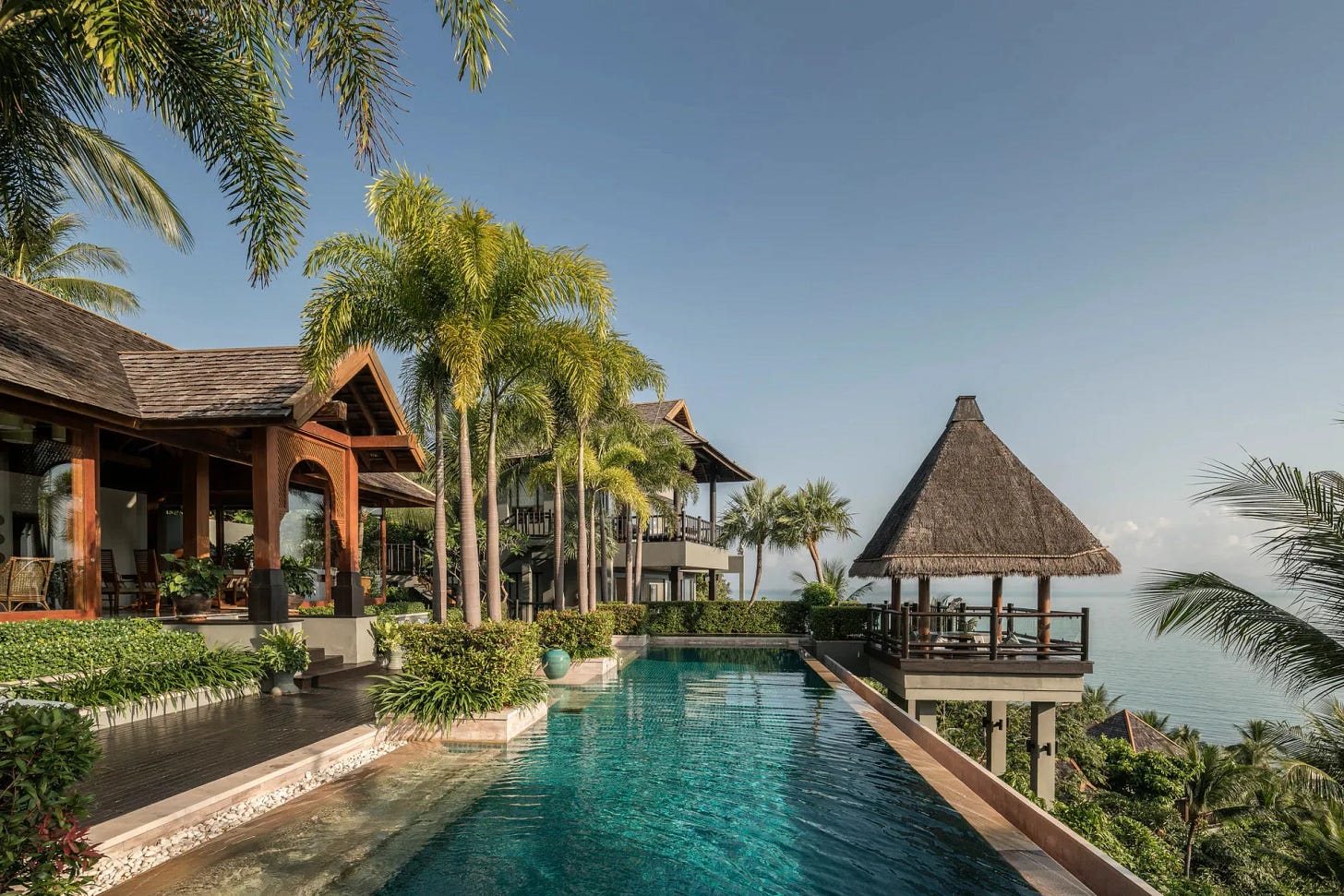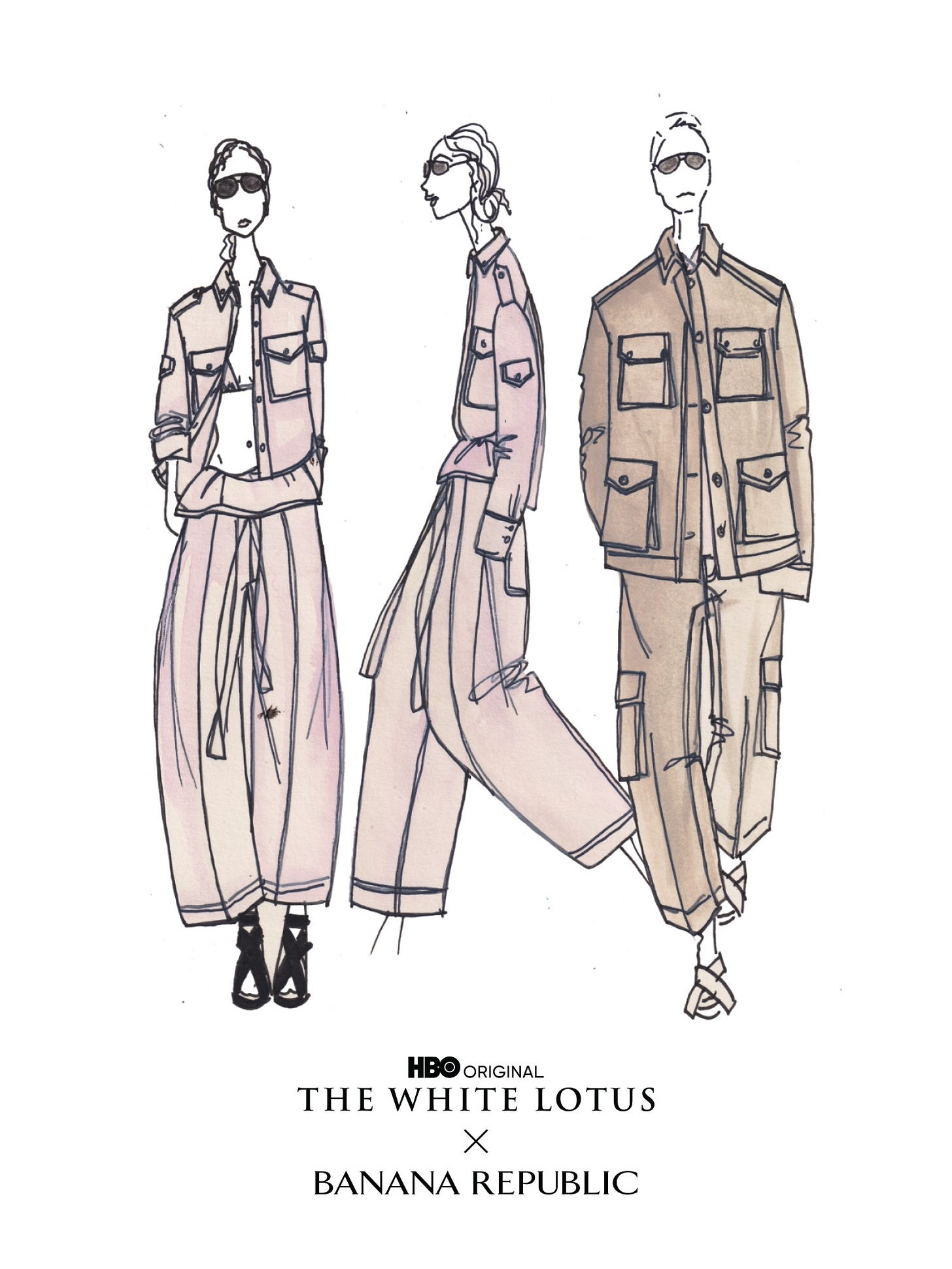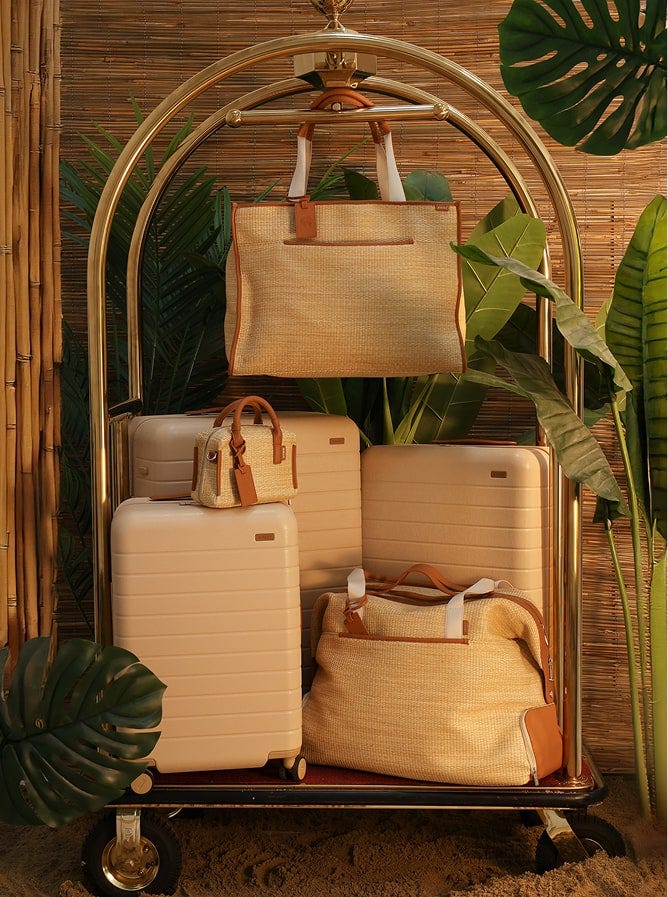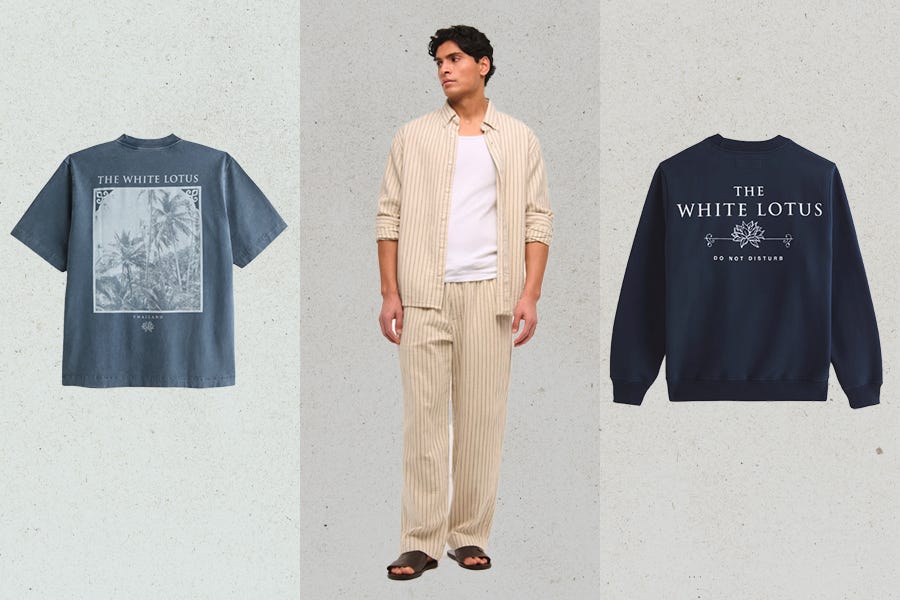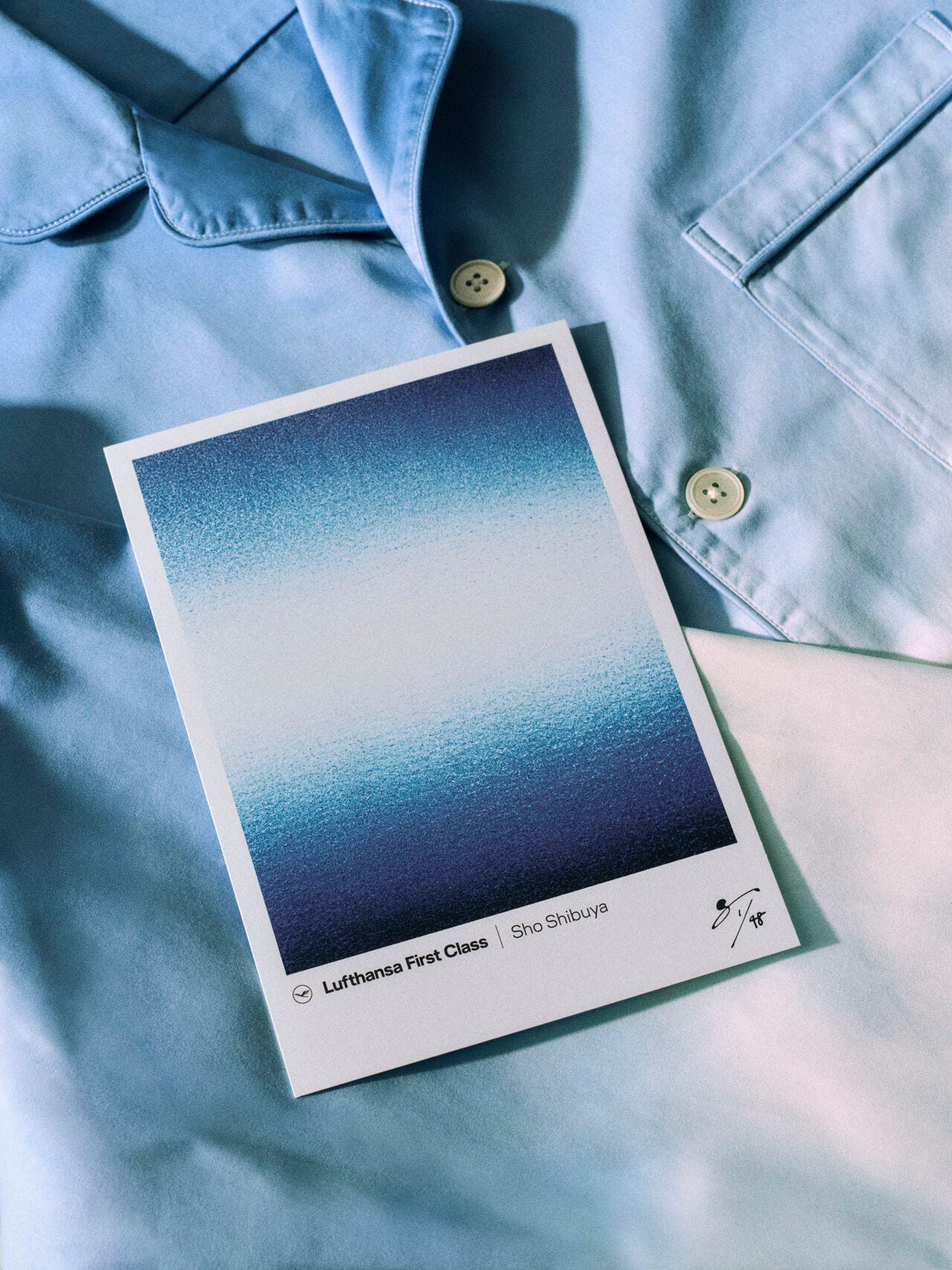Fragments No°22: One Day I'll Fly Away
Escapes, explorations, and excursions in Luxury and Jazz.
I’m getting itchy feet.
The winter, the endless winter. This year has dragged on in more ways than one.
I’ve been thinking of escapes, both literally (escaping the mundanity) and figuratively (how brands express all things with travel). So, this post is all about brands doing interesting things (or not!) in the travel space.
Before that, I want to give a quick shoutout to everyone who has joined since my Burberry post last week. I’ve reached the hilariously small yet emotionally significant milestone of over 500 subscribers. Along with the nearly 10K followers on LinkedIn, sharing some ideas and thoughts with the world has been great, and I genuinely appreciate the following and comments.
Speaking of Burberry, they clearly were listening because the social channel continues to absolutely cook.
Unless someone takes the crown, we’re looking at the next great Luxury case study that will be endlessly studied, with everyone arriving at the same conclusion. Putting creative people in charge and having creatively inclined and not just bottom-line-spreadsheet bores run a luxury fashion business is a recipe for success.
Kering group, pay attention.
Now, onto the Fragments…
Wither On The Vine
The White Lotus is about to take over the cultural intelligentsia's feeds for a third season, and brands of all shapes and sizes are looking to capitalize on this opportunity.
This (now) franchise is a gift from the heavens for luxury and luxury-adjacent brands, but only if they do something interesting with the partnership. So far, it’s been underwhelming. Instead of thinking more holistically about the partnership and its products, it’s become an empty-headed badging exercise for mid-tier brands.
It got so lazy that Banana Republic announced its partnership with… collection sketches, which are either canny teasers or the definition of throwaway. (I’m going with the latter).
Away made a more valiant effort - both in the editorializing of the product and the interesting color palette color palette they chose. But the partnership shows how much the brand is reaching by trying to be associated with what is (perceived) to be a luxury experience. Even Away buyers know that their bags don’t fit into this world. This isn’t a critique of Away per se, but more of a lack of recognition of their actual standing in the world. It’s an aspirational brand for aspirational hotel groups. It’s W in Miami, not the White Lotus in Thailand. Unless there’s some branded integration into the show, this doesn't work.
But the gold medal for lack of effort has to go to Abercrombie, which just went with the printed T-shirts and sweaters—merch at its most lazy and facile.
So why are these collaborations so subpar?
This week, The Business of Fashion detailed the broader context of collaborations with hotels and the basic premise of why fashion and luxury brands have gravitated to this industry.
The hotels brands gravitate to usually have a storied reputation and a built-in fanbase beyond their guest list, whether it’s someone who wishes The White Lotus were a real hotel chain or dreams about staying at The Carlyle but can’t yet afford the $1,000-plus nightly rate. Plus, they can provide brands with a new space to share their collections that feels naturally aligned with their offering.
However, the White Lotus partnerships don’t work because the added value feels empty. If you’re Frame, you can get away with a badging exercise for the Ritz. The brand(s) has enough heft. But, like Abercrombie or Away, the line between arch, irreverent, and tacky becomes finite when they don't.
HBO's job is to maintain the imagined allure of the White Lotus. Attempting a cash grab to attract volume drivers demonstrates a lack of understanding of what the show illustrates and satirizes.
Sky High
On the other hand, the excellent (and criminally underseen) collaboration between High Snobiety and Lufthansa deeply understands the rules and structures of travel. The fact that this has gone seemingly without notice might say more about Lufthansa than anything else. It’s not a brand that makes the heart beat faster.
But as flights get longer and longer, that sense of wanting to get some shut-eye works well here. To promote their new Allegris First Class offering (looks nice! Lufthansa - please fly me somewhere.), the airline worked with Japanese Artists Sho Shibuya and Tekla to create onboard loungewear that mirrors those wonderous whites and blue hues you see out of the window. Of course, you’re looking and marveling at what’s out there.
Yes, flying can put you in that mood. (I miss flying for work a lot.)
This partnership is lifted by its connection points. Nothing feels overwrought—it’s just so. It perfectly complements the sometimes dreamy sensibility of flying. I love it. Nice work, High Snob.
The oldest insight in the book still works.
Another idea lost in the Superbowl take-a-palooza was Belmond's new global campaign and supporting content strategy, which both support its ‘slow luxury’ positioning.
While ‘Discover A New Pace of Travel’ is intensely classicist in its delivery, it’s also wonderfully put together. I especially liked how it didn’t just lean into the usual cliches; the new Belmond trains, for example, look genuinely remarkable. Alongside the A+ soundtrack choice, this is the sort of work that makes you immediately want to be somewhere else.
But Belmond didn’t stop there. The content strategy is, in some ways, even more enjoyable. It’s undoubtedly relaxing.
If you don’t know, something genuinely interesting is happening on YouTube now. The world of slow TV is an oasis of calm and lean-back moments. YouTube as an ASMR ambient escapist tool.
You see this in the rise of DJ mixes and sets from strange places—cafes, bedrooms, houses, and elevators (Yusuf Ntahilaja has dubbed this ‘Soft Clubbing’; FYI, this is a genuinely excellent read). You also see this in the uncanny valley of AI-generated backdrop videos that play endless, meandering, but ultimately calming jazz music.
While ultimately niche, the movement provides a sense of calm and intimacy.
Demonstrating that slow works. Belmond has leaned into this. Building on its traditional campaign platform, ‘Go With The Slow’ is a series of one-hour slow-motion videos of Belmon locations. It’s genuinely addictive.
I’ve tried these out on the TV, and they’re great. The perfect blend of chill-out and escapism. From Belmond’s perspective, it’s the ideal long-form ad, and the media distribution could end up in many interesting directions. Indeed, from a first-mover perspective, the more views these get, Belmond becomes the top-of-mind.
From Travel To Tool: The Evolution of Rimowa
And, of course, Rimowa has continued its subtle evolution.
Rimowa set the LVMH turnaround template. Creating a structure and form around reviving desire in a key (iconic) product form and then using that to expand and grow the broader portfolio through deft collaborations that kept the brand top of mind and the perceived pinnacle of the category. It’s Ana’s Product-Led Strategy IRL. Say what you want about Rimowa, but it’s still a shorthand for well-traveled, discerning, and tasteful. The FPM Milano’s or Globetrotters of the world could never quite get there similarly.
But there’s also been a low-key shift happening in Germany. Aside from the travel meditations of the well-traveled and famous (the ‘Never Still’ campaign), There’s been a focus on design, and Rimowa as a tool to explore the relationships between travel and design. Travel is less of an experience, but Rimowa is a tool to get you to the furthest places you want.
First, the Rimowa Design Prize is increasingly engaging and prominent. While the prize has been running for three years, the brand has more overtly supported the program this year. Among its many benefits is its strong connection to Germany (and, by proxy, German design codes). Secondly, their social content has shifted to explicitly reflect this travel as a tool, such as a case used as a field recording device.
Suddenly, the place you’re going to has a purpose; the base, the brand, has a role in that journey. It’s less metaphorical and more grounded. Dare I say more German, but better for it.
This view of Rimowa as a tool has been reflected in their collaboration strategy shift. Eschewing the Alex Israel Art-led work or the clout-chasing examples we all remember, the Rick Owens collaboration (fronted by Michelle Lamy) emphasizes materials over hype. It’s more muscular - more built as a tool, less a glamorous appendage.
It speaks volumes about the success of the initial Rimowa rebrand that the business feels confident enough to return to its more Wallpaper-coded roots rather than pursue travel, celebrities, and collaborations.
Musical Travelogues
Seaguing into the ASMR/YouTube taking its time trend is the ongoing mashup of Jazz gig and travelogue that Yussuf Dayes and his band have been exploring.
Their most recent trip to Japan shows how much of a canny, shrewd operator Yussuf is. Not only is the music outstanding, but it also understands how space and place add to the atmosphere. Mount Fuji as a backdrop to your musical explorations is a fine way to make a living.
This isn’t the first time Yussuft has done this. The Malibu Sunset concert maybe even more successful from a pure vibes perspective. All of the heartache and tragedy the Palisades fire wrought on the area, it’s videos like this that demonstrate why people will forever remain pulled to the area.
From a purely technical/scale perspective, these videos understand something that Pink Floyd did back in 1971—where you can add an atmosphere and grow your audience as much as possible because of the atmosphere and mood you create. YouTube here has a massive role in bringing that to life.
More next week - but I will be on Yacht.





